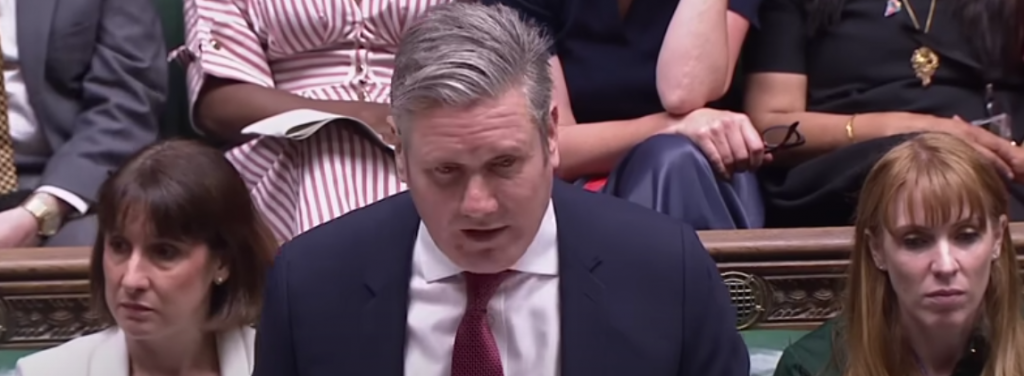Some of the mathematics of the next general election

At the next election there will be 650 parliamentary constituencies so in order to secure a majority, certainly as defined by the bookmakers, LAB needs to come out with 326 MPs which is 124 more than their GE2019 haul.
That is a massive ask not far short of the 146 LAB gains at GE1997 when the party went into power for 13 years. Starmer is no Tony Blair
The electoral system even with the boundary changes looks set to favour the Tories once again and it should be able to hold onto power if it has a vote lead of 3%. By contrast, LAB probably needs a GB vote margin of 7%.
LAB of course does not need a majority of seats to be relatively certain of Starmer becoming Prime Minister. The red team would find it much much easier to form deals with other parties and my guess is that the Tories are certain to lose power if they drop below 318 seats.
Scotland is looking very promising for Labour particularly because of the fall back in support for SNP. At GE2015 in the aftermath of the Scottish IndyRef Labour dropped from having 41 Scottish MPs to just one. Whilst I don’t see them getting 41 Scottish MPs once again the signs are that they will do well north of the border.
Nationally a lot depends on whether Sinn Fein continues its practice of not taking up the seats it wins in Northern Ireland at Westminster. The signs are that there is no change in that position.
It is entirely possible for the Tories to lose power even if they win the most votes and most seats at the next election.